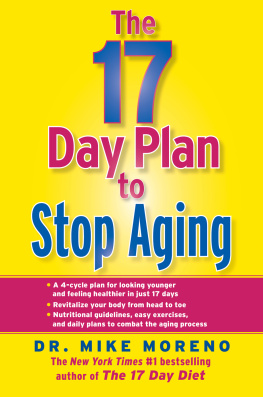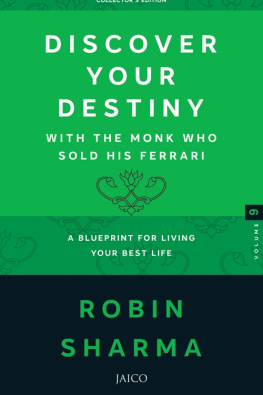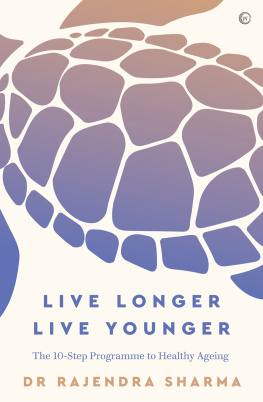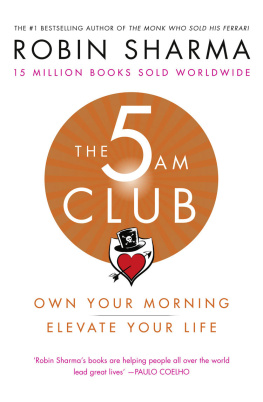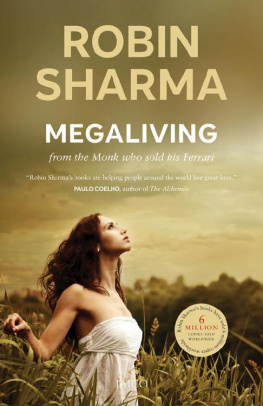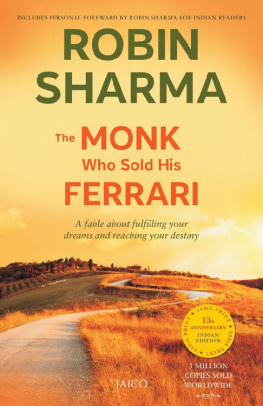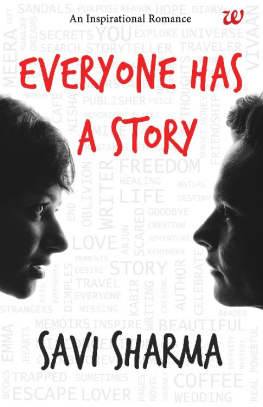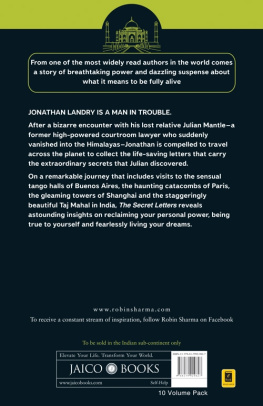
Dedication
Emily Live Long!
Liam, Maddie and Bryony Live Young!
Dr Sharma has been a vital part of my own healthy ageing, and I know that his book will be invaluable to a lot of people.
Hayley Mills, actress
I have for 25 years benefited immeasurably from Dr Sharmas insight into and understanding of health and well-being. I look forward to making the Living Longer, Living Younger wisdom part of my life and to undiminished vitality with Dr Sharmas guidance.
Alice Krige, actress
Dr Rajendra Sharmas book Live Longer, Live Younger is a clear and concise guide to optimizing health as we age. I am pleased to see an anti-ageing/healthy ageing book promoting health from within, allowing self-regeneration using emerging techniques born out of exciting science. At a time when gene assessment looks capable of giving us advanced notice of our areas of risk, Dr Sharma provides us with the information and tools to prevent and heal premature ageing and disaeases and the sooner we start, the easier it is.
Fouad I. Ghaly, MD, leading expert in regenerative medicine therapies, Diplomat of the American Board of Anti-Aging Medicine
Foreword
A geing starts at birth, and the sooner we can focus on health, the less likely we are to struggle with age-related issues and a shorter life span. As co-founder and chairman of the worlds largest preventative medical society in Anti-Ageing and Regenerative Medicine, I have focused and promoted healthy ageing for the best part of my career. While I am working at the cutting edge in areas of anti-aging science, including brain resuscitation, organ transplant and blood preservation technologies, I value and recognize the need to make healthy ageing advice available to the public, practitioners and doctors.
Dr Rajendra Sharmas book particularly succeeds in this area. Live Longer, Live Younger is a clear and concise guide, whether you are dedicated to healthy living or not. Dr Sharma points out that many age-related problems can be attributed to vitamin and mineral deficiencies (heart and arterial disease reduced by antioxidants, osteoporosis by minerals as examples), and that avoiding environmental toxins can make a profound difference. Chapters on nutrition and diet as well as lifestyle provide simple steps that will help you make fundamental changes.
I am particularly pleased to see a broad anti-ageing/healthy ageing book promoting exercise. I have a special interest in this area, having received an International Olympic Committee Tribute Diploma and being an inductee into the Martial Arts Hall of Fame as well as the Guinness Book of World Records for sports endeavours. Dr Sharma quite rightly cites exercise as perhaps the most important factor in healthy ageing.
I was introduced to Dr Sharma in 2008 when he was invited onto the Review Board for Londons annual Anti-Ageing Conference, and we have crossed paths occasionally since. His lecture that year focused on the use of food and food-based supplements in healthy ageing, and highlighted the minimum requirements we all need but may not obtain without careful scrutiny of our intake. Live Longer, Live Younger has expanded on this theme to provide the basics as well as the advanced options in supplementing our intake in these environmentally polluted and deficient times.
As one of my roles as co-founder of The American Anti-Aging Academy of Medicine, I visit over 20 counties a year and lecture on the very areas Dr Sharmas book focuses on. By highlighting the risks of a lack of exercise, toxicity, poor lifestyle and deficiencies, this book shows us how we can recognize and understand our areas of weakness. As he puts it, How old is our oldest part?
Live Longer, Live Younger subdivides into the main areas of age-related health, including heart and arteries, nervous system, detoxification and hormones. The book focuses our attention on areas of risk and encourages discussion with doctors and practitioners to perform available investigations and consider advanced therapeutic options.
At a time when gene assessment looks capable of giving us advanced notice of our areas of risk, Dr Sharma provides us with the information and tools to prevent and heal premature ageing and diseases and the sooner we start, the easier it is.
Dr Robert M Goldman MD, PhD, DO, FAASP
Dr Robert M Goldman MD, PhD, DO, FAASP has spearheaded the development of numerous international medical organizations and corporations. Dr Goldman has served as a Senior Fellow at the Lincoln Filene Center, Tufts University, and as an Affiliate at the Philosophy of Education Research Center, Graduate School of Education, Harvard University. He is Clinical Consultant, Department of Obstetrics and Gynaecology, Korea Medical University; and Professor, Department of Internal Medicine at the University of Central America Health Sciences, Department of Internal Medicine. Dr Goldman holds the positions of Visiting Professor, Udayana University School of Medicine, Indonesia; Visiting Professor, Huazhong University of Science & Technology Tong Ji Medical School, China; Visiting Professor, The Wuhan Institute of Science & Technology, China; Visiting Professor at Hainan Medical College, China; and Visiting Professor, School of Anti-Aging, Aesthetics and Regenerative Medicine, UCSI University, Malaysia. Dr Goldman is a Fellow of the American Academy of Sports Physicians and a Board Diplomat in Sports Medicine and Board Certified in Anti-Aging Medicine. Dr Goldman is a Fellow of the American Academy of Sports Physicians and a Board Diplomat in Sports Medicine and Board Certified in Anti-Aging Medicine.
Contents
Acknowledgements
Emily, thank you. No you, no book. My inspiration and drive are all down to you. Liam, Maddie and Bryony you have been my reasons for doing the work. Thank you to Alex Oakes, who kept reminding me I can and Hans Snook for all his support over the years. Love and huge respect to the following for their constant support and reassurance: Chandra Ashfield, Adrian, Marina, Suzanne and Wendy at the Accounting Bureau for managing my practice, Andy Wren at NutriGold, Mark Givert and Robyn at Get-fitt, Yehudi Gordon and Megan Fensom Turner, Faith Cole and her team Dhara and Mahi at Independent Nursing Services, Geeta Sidhu-Robb at NOSH Detox and Justin Price at Regenerus Labs. For helping me clear my head, thanks to Mike B and my Arsenal buddies and Richard Berenson. Thank you, Susan Mears, for finding my publishers, Watkins Publishing Limited, and thank you to their team for editing, formatting and helping the project along.
And, most importantly, thank you to my ultimate teachers my patients.
Introduction
We are as old as our oldest part
I ts a fact: one part of us is wearing out faster than the rest. We have to know which organ or system this is if we want to remain as well as possible for as long as possible. Armed with this knowledge there is much we can do to slow down the ageing process and even reverse any damage that has already taken place.
We need to explore how to maintain optimum health and longevity to enhance personal performance at work and in play, including sports activities, relaxation, socializing, relationships and any other area you can think of and we need to do so at the earliest opportunity to avoid the effects of ageing.
The anti-ageing business is thriving. It is, however, predominantly concerned with outward appearance. There are many miracle creams available that claim to lift and firm sagging skin, decrease the appearance of wrinkles, banish cellulite or restore a youthful glow. The efficacy of many such creams may or may not be clinically proven; and as there are already so many toxins absorbed from everyday skin products, why worry about introducing even more to your system? For those of you considering more radical or even surgical treatments, remember that products introduced into the body in cosmetic procedures such as breast and lip augmentation can have dire effects. Going under the knife always carries risks, and you should be aware of potential problems such as scarring and tissue damage.
Next page

